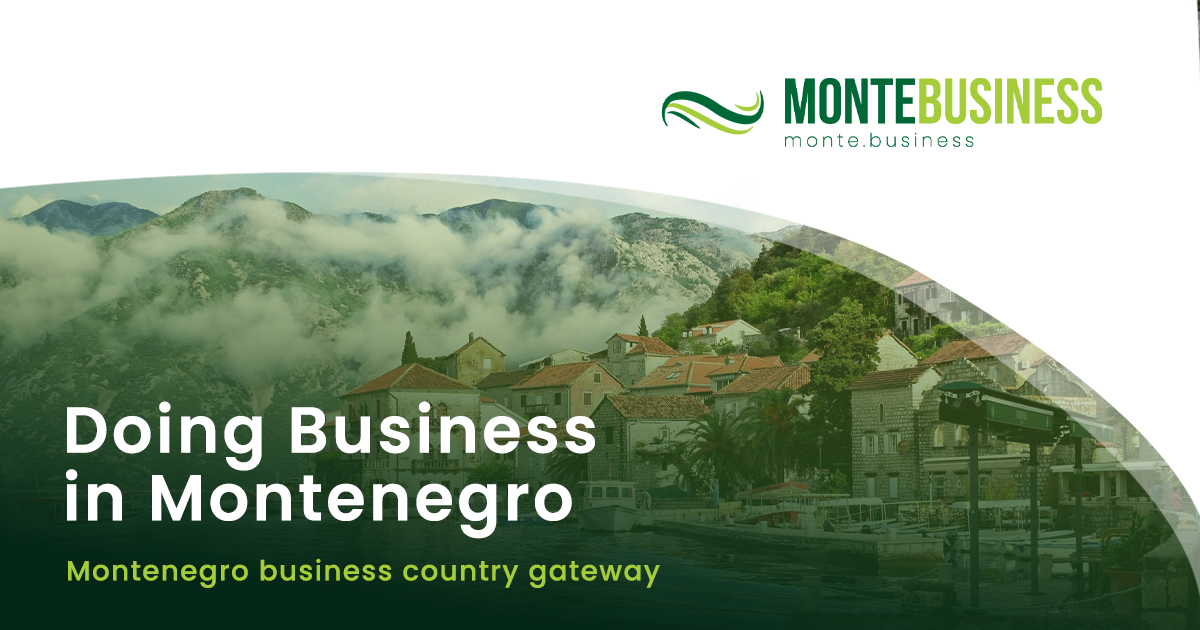Dutch tourist Lana expressed disappointment at not being able to fully experience Sveti Stefan, a famous coastal town in Montenegro often featured in promotional materials for the country’s tourism. The iconic town-hotel, which recently celebrated its 65th anniversary, remains closed to tourists for the fifth consecutive year. Once a glamorous destination attracting world celebrities, royalty, and political elites, Sveti Stefan now stands locked, with deserted streets and shuttered villas.
The town’s transformation began in 1960, turning a medieval fortified fishing village into a luxury resort. However, since 2021, due to disputes between the government and the leaseholder Adriatic Properties, the complex and the nearby Villa Miločer have been closed. A prolonged legal battle over a hundred million euros is ongoing, with the final hearing set for late July. Meanwhile, the site is deteriorating, and its once magnificent botanical park is neglected.
Vladimir Mitrović, who led the hotel company from 1969 to 1975 and was awarded the prestigious Golden Apple in 1972, laments the closure. He says mistakes were made by both parties and insists Sveti Stefan must reopen, as it represents Montenegro’s most valuable tourism asset. Mitrović also notes that the current number of beds has dropped significantly from 218 in his time to fewer than 100 today, reducing the site’s capacity and appeal.
Local resident and Foundation Bankada president Blažo Kažanegra highlights that most Montenegrins and tourists have never been able to visit Sveti Stefan despite its status as a national symbol. He argues this damages Montenegro’s image as a tourist destination and stresses the importance of making Sveti Stefan accessible. Kažanegra also emphasizes the cultural and historical significance of Sveti Stefan and the surrounding Paštrovići region, which has a rich heritage dating back to the 15th century, including democratic self-governance practices unique for the Balkans.
Kažanegra hopes that Montenegro’s anticipated accession to the European Union by 2028 will help resolve the status of Sveti Stefan in line with European heritage standards. He advocates for sustainable tourism development that preserves cultural landmarks without discrimination or environmental damage. The European Parliament has recently recognized the threat to Sveti Stefan and Miločer, underscoring the urgency for the Montenegrin government to take protective measures.
Overall, the closure of Sveti Stefan is seen as a significant loss both culturally and economically, and there is a call for urgent action to reopen and preserve this unique Montenegrin treasure.








